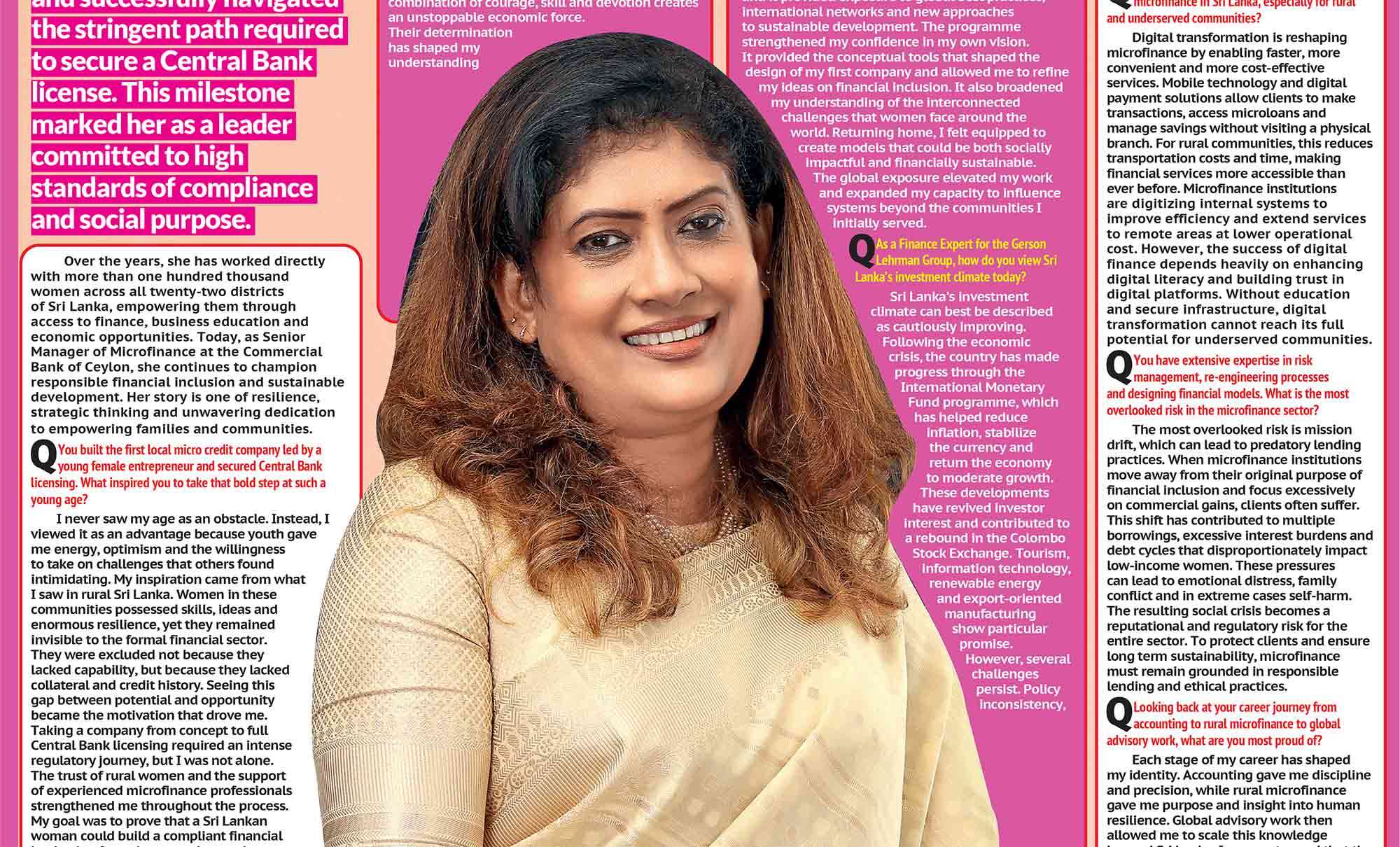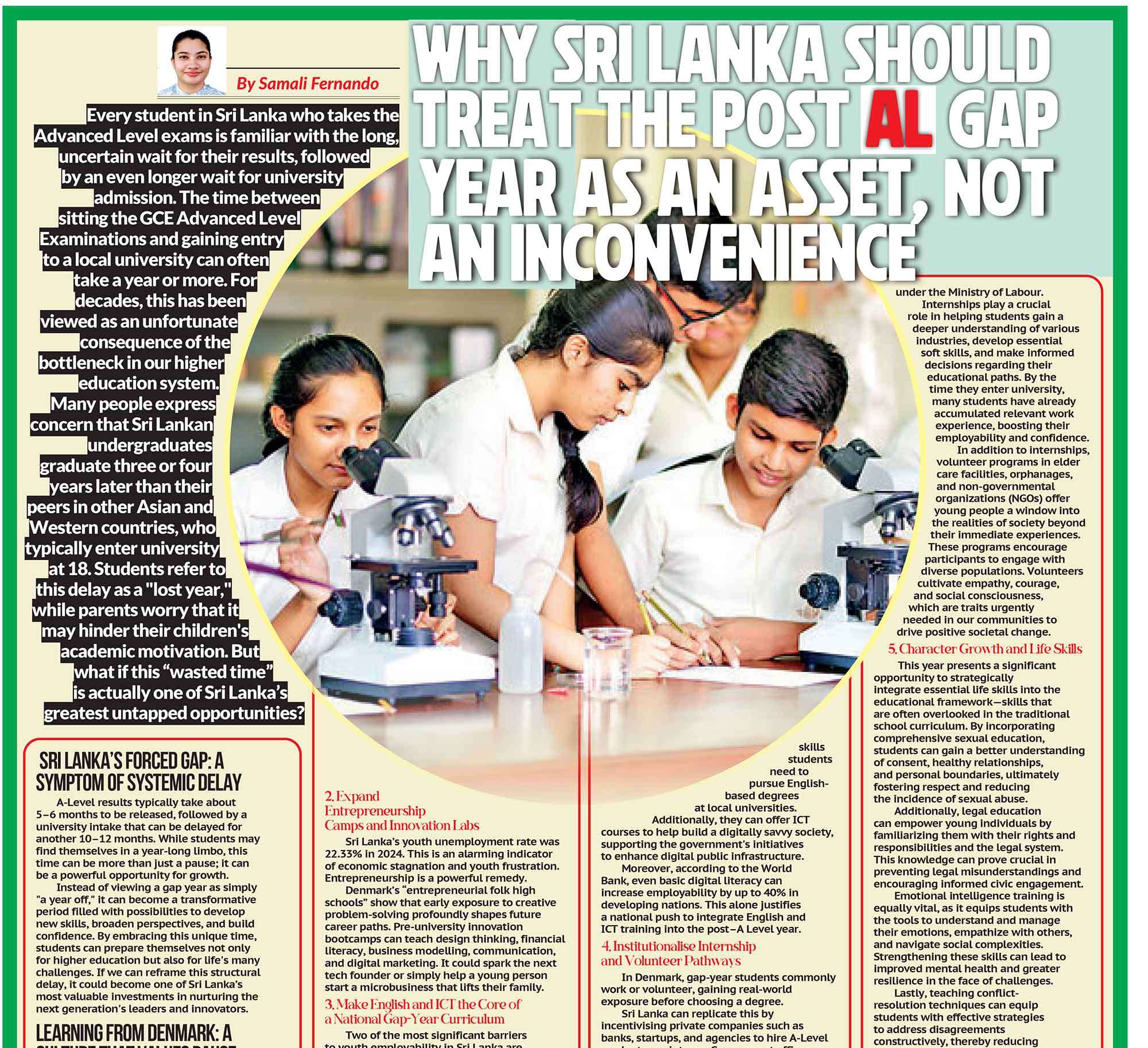
- Psychologically, limerence is linked to attachment styles. People with an anxious-preoccupied style (around 20% of the population) are more prone to it, being hypersensitive to emotional availability.
If love is an old glass of wine, limerence is downing three Red Bulls and forgetting to breathe. The term limerence was coined in 1979 by psychologist Dorothy Tennov to describe the dizzying rush of intense infatuation, the kind where your brain suddenly decides one person is the main character in your life, and you can’t stop imagining every “what if” scenario with them. Unlike a regular crush, limerence thrives on uncertainty.
- Before smartphones, limerence had natural gaps. Now? You can replay their voice notes, stalk their Instagram, or “accidentally” view their stories at 3 a.m. Studies show that over 60% of people in romantic obsession check their crush’s online activity daily.
If you’re unsure how they feel about you, your brain goes into overdrive, idealizing their every move and ignoring the possibility that they may leave wet towels on the floor or forget to wash toothpaste marks off the sink. In Tennov’s surveys, about 50% of women and 35% of men had experienced it at least once. More recent estimates suggest closer to 60% of people overall, so you’ve either been in it or perhaps been someone else’s “limerent object.”
01.Differentiating Limerence from Love
Limerence feels like falling head over heels, but it’s more like an emotional cliff dive without checking the water. Love is mutual trust, comfort, and partnership. Limerence feeds on mystery, drama, and dopamine spikes. The thrill isn’t always about the person themselves, it’s about the feelings they trigger, which explains why you can be limerent over someone you barely know. Brain scans show that people in early infatuation have overreactive dopamine reward pathways, similar to substance addiction. You crave “hits,” a glance, a message, a smile, and like any high, it fades, leaving you chasing the next fix.
02.Limerence vs. Obsession
Both limerence and obsession involve intrusive thoughts, but they’re not entirely the same. Obsession can attach to anything, gems, symmetry, hobbies, and is often tied to anxiety relief. Limerence is romance-specific, laser-focused on one person, and swings between euphoric highs and gut-punch lows. In OCD-style obsessions, the thoughts are distressing from the start. In limerence, they can feel exhilarating until hope starts to fade. It’s an emotional slot machine; you keep pulling the lever for that next jackpot moment.

03.The Stats
Tennov and later researchers found that limerence can take up 65–100% of your waking thoughts at its peak. Have you ever been shocked, or maybe even concerned, by how often you think of that one boy? Well, worry no more: if you’re lucky, it might just be a case of limerence and not love (the much more painful counterpart). Most episodes last from about 18 months to 3 years, but if unrequited, they can linger for decades.
Thirty-two percent said it disrupted daily life, according to one survey. Over 40% of people reporting “lovesickness” experienced depression, and 17% had thoughts of self-harm. Limerence isn’t just quirky daydreaming, for some, it’s emotionally dangerous.
04.Why We Fall for It
sychologically, limerence is linked to attachment styles. People with an anxious-preoccupied style (around 20% of the population) are more prone to it, being hypersensitive to emotional availability. If love has always felt uncertain, the highs and lows can feel oddly familiar. Biologically, uncertainty fuels dopamine release. Your brain treats their attention like a puzzle to solve, so every glance or punctuation choice in a text becomes a “clue.” It’s pathetic, but also exactly how our reward systems evolved: to keep pursuing what we’re not sure we can get.
05.The Internet’s Contribution
Before smartphones, limerence had natural gaps. Now? You can replay their voice notes, stalk their Instagram, or “accidentally” view their stories at 3 a.m. Studies show that over 60% of people in romantic obsession check their crush’s online activity daily. Technology keeps the loop alive, making it harder to let them fade. And yes, sometimes you realize you’ve memorized their cousin’s dog’s birthday from scrolling too far back (we’ve all been there, right? Right?).

06.When Limerence Tips into Obsession
Usually, limerence fades when you either start a real relationship (and reality kicks in) or enough time passes without reciprocation. But sometimes, it turns into genuine obsession, affecting sleep, friendships, and work. Therapists suggest breaking the fantasy loop, limiting contact (even online), and journaling about the real person, not the idealized version in your head. It’s often easier said than done, but the goal isn’t to creep up behind your feelings and kill them, it’s to stop your brain from running on withdrawal mode. Limerence can feel intoxicating. You might even look back fondly, skipping over the panic over unread messages. It’s like remembering a wild night out and forgetting the bathroom crying session. We’ve all had our cringe moments, making playlists just in case they ask, changing your walk route to “bump into” them, or treating a smiley emoji like it’s a marriage proposal. In the right light, it’s funny. In another, it’s tragedy. Limerence is proof that the heart and brain are not always on the same page. It’s biology, psychology, and storytelling, because often, what you’re in love with is the fantasy you’ve built, not the person themselves. It’s not the same as love, although easily confused with it. It’s a beautiful mess: intoxicating and humbling, and a reminder that sometimes the hardest person to stop thinking about is one that may never have existed at all.











